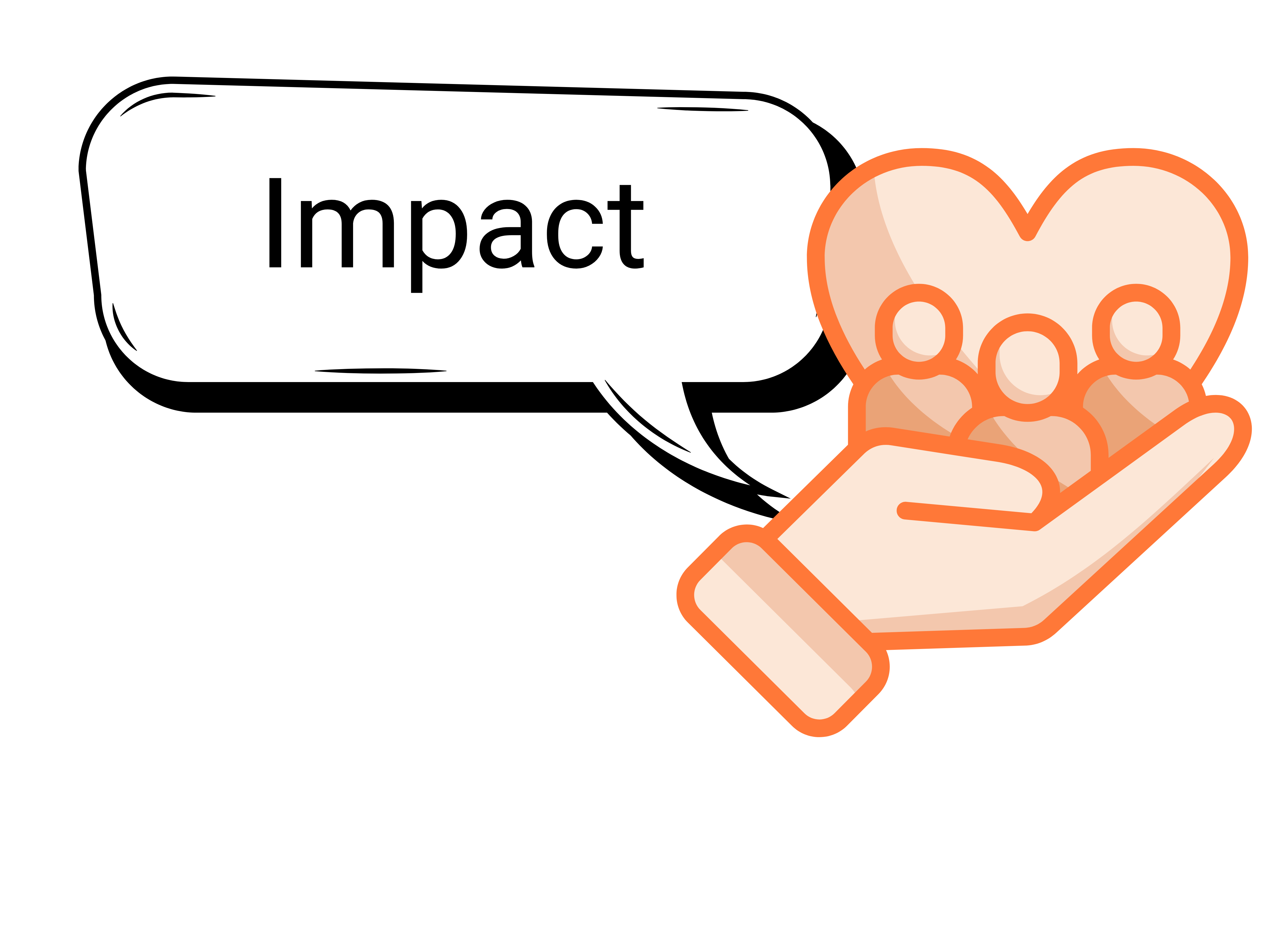Designing for All: Why "Links" Matter
Links are the backbone of digital navigation, enabling users to explore content, access resources, and interact with websites. Accessible link text ensures that all users, including those with disabilities, can understand and navigate the content effectively. Well-designed links improve readability, usability, and compliance with accessibility standards like WCAG.

Importance of Links
Accessible links play a vital role in creating a user-friendly and inclusive digital experience. For individuals using screen readers or other assistive technologies, descriptive link text ensures that the purpose of each link is immediately clear. This allows users to confidently navigate a site without confusion or frustration.

Impact of Links
Accessible links directly influence how easily users can interact with digital content. Descriptive phrases like “Learn more about our services” provide meaningful context, especially for those using screen readers. Keyboard-friendly navigation empowers users who can’t use a mouse, while skip navigation links and visible focus indicators create a smoother, more intuitive browsing experience.
Best Practices for the Links:
To create inclusive and user-friendly content, follow these guidelines:
-
Use Descriptive Link Text :Use descriptive and meaningful link text to provide clear context for users. Avoid generic phrases such as "Click here" or "Read more," as they do not convey the purpose of the link.
Additionally, mentioning direct links (example: “ https://www.marist.edu/academics ") should be avoided, as it can create confusion and is less user-friendly. Instead, provide context in the link text itself for better clarity and accessibility.
Example: Learn More on the Marist Digital Education Page -
Keep Link Text Concise: Ensure the link text is clear and to the point. Avoid overly long descriptions and focus on clarity, making it easy for users to understand the purpose of the link.
Example: Faculty Guideliness -
Avoid Embedding Links in Punctuation: Place links separately from commas or periods to prevent confusion when reading aloud with screen readers.
-
Include Document Type and Size: To enhance accessibility and clarity, include the document type and file size in link descriptions. This helps users understand what they are downloading and ensures compatibility with their devices.
Example: Download the Accessibility Guide -
Check for Broken Links : It is essential to regularly test links to ensure they remain functional and direct users to the correct pages. This practice helps maintain the accuracy and reliability of the content.
Additional Tips
For more information, check out the WCAG 2.2 for detailed guidance on ensuring your web and document content is fully accessible.
Contact Us
If you have any questions or need further assistance with the tool, please don’t hesitate to contact us at 845-575-3572.
